Hi Guys so we are in the midst of the COVID 19 lockdown, I have been putting off writing anything about this subject because we was not quite sure how long it was going on but I think unfortunately lockdown will not be ending anytime soon. I have had lots of thoughts running around in my mind that you might have concerns with and what concerns I have regarding when lockdown ends for your dog. Socialisation, separation and concern about overtired/over aroused dogs are all covered below.
Firstly I have pulled out some key points from the British Veterinary Association their info graphics are below too. The current strain of Coronavirus is a result of Human-to-human transmission, there is absolutely no evidence that companion animals can spread the disease. Current evidence suggests Covid-19 has a wild animal source however this still remains under investigation. It is also thought it might be possible the virus could be carried on fur from humans that are infected/carrying the virus, for a short period of time in the same way it is on other surfaces, such as tables and doorknobs, this could apply to their harnesses as well. The main advice for animal owners is continue to practise good hand hygiene by washing your hands thoroughly (for 20 seconds with soap and water) after touching your pet and also not letting them interact with other dogs or people that do not live with you. If someone else is walking your dog for you for what ever reason, please carefully still follow social distancing rules and hygiene advice. Have a bag with all your dog equipment in, that you do not need to touch and the dog walker can take and bring back.
All veterinary practices are now required to limit face-to-face contact with clients. This means running an emergency care and emergency prescription service, some are still providing food and doing necessary vaccinations but this is branch dependent. So avoid putting your dog at unnecessary risk.
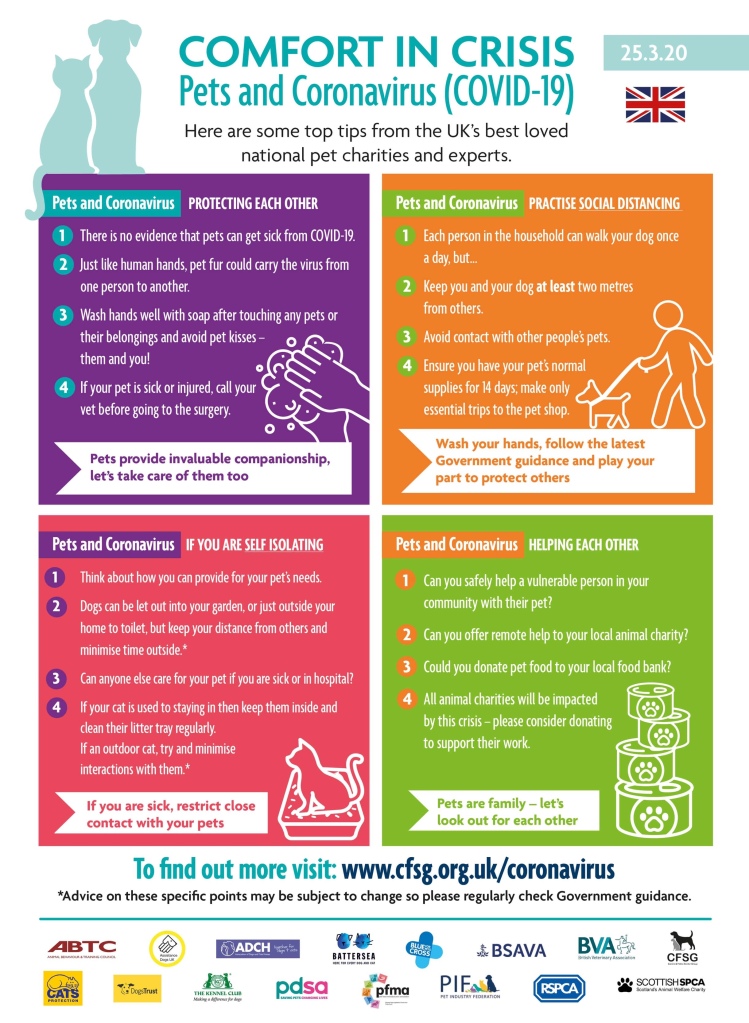

Food
If you run out of food dogs can eat human food they did evolve from our discarded food after all! However try and find alternative healthy complete dog foods, if you can rather than making your own, often getting the balance right of nutrients and what your specific dog needs is difficult. It’s always good to add fresh veg and fruit (in moderation) to your dogs dinner a minimum of 3 times a week anyway, this helps with gut health, a healthy gut helps with behaviour too! If you have to change food try and do it gradually if possible, I know this might be difficult don’t worry if it’s not feasible it just to avoid tummy upset. If your dog is on a special diet speak to your vet to see if they can suggest a good alternative. If you are struggling with costs http://www.trussellstrust.org are able to provide pet supplies for people who need it.

Difficult time for all
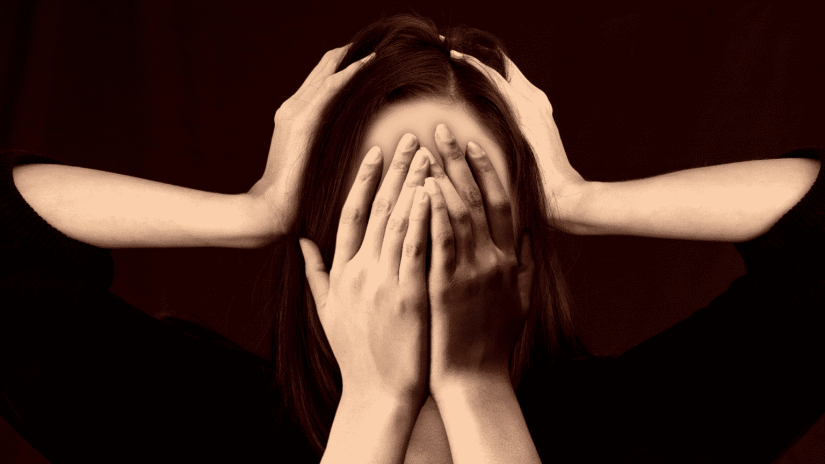
I know this is a stressful time for all of us but believe it or not it will be for our dogs too. Dogs pick up on our mood state so if the behaviour has changed it can be due to this, be mindful to try and take them out when you are feeling not so tense, as handling of the lead can then change the walk and can be unpleasant for your dog and in turn you, as they are likely to pull more or be hyper vigilant to things in the environment if the lead is tense. Some dogs will love you being home but others will be overwhelmed because everyone is there all day, they may not be getting the rest they need. There will be more people interacting with the dog, whether it’s kids constantly playing or teasing them or multiple adults managing unwanted behaviour, if this is not managed right you can have a stressed dog on your hands. Overtired, overexcited or frustrated dogs can lead to bites, statistic are usually higher during school holiday periods so this isolation period will be no different.
Routine
Dogs do appear to have an inbuilt time clock seeming to recognise the difference between week days and weekends (our actions and body language is more likely what influences this the most) however if we treat everyday as a weekend when lockdown is over some dogs are going to struggle. Each dog is different when it comes to routine sometimes a strict adherence to routine creates anxiety issues when all of a sudden they have a day where the routine gets thrown out the window, dogs which suffer from separation anxiety or isolation distress, are extremely aware of routine events that predict your leaving, which triggers their anxiety. What I am mainly suggesting is stick to a version of your normal routine for your working week, feeding your dog when you normally would and walking them. Obviously this will be different if you have a dog sitter but you can do activities in the same way without the socialisation aspect. Don’t walk your dogs more than you usually walk them unless you can sustain this after lock down otherwise when it’s over they will find it difficult when you go back to work, this is unfair and definitely do not make them walk more if they are refusing. Change for the future is inevitable things will not be exactly the same when restrictions are lifted, dogs do adapt but their are somethings to consider for getting through this period with ease for both parties.
Sleep
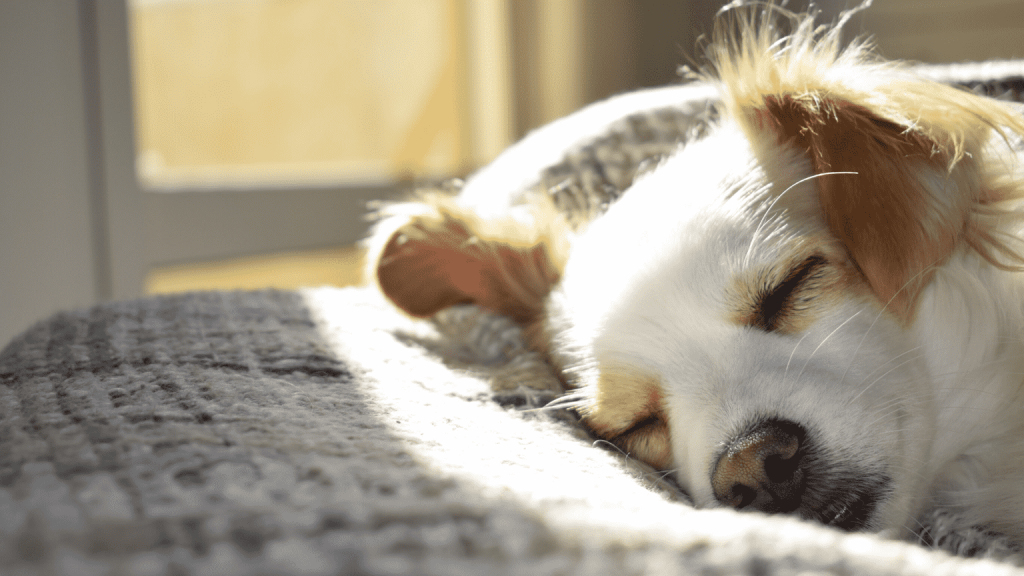
I have just posted a very detailed video on YouTube on this specific subject “Is your dog getting enough sleep” but some key points are below. With everyone home everyone may be interacting with your dog more than normal but be mindful sleep is vital to mood state dogs should be sleeping through the night and having regular undisturbed good quality naps in the day. Children and adults should be leaving the dog alone when they are resting or sleeping. Puppies need around 18-20 hours sleep and adult dogs need around 12-14 hours of sleep a day. Lack of rest and sleep can effect behaviour.
Alone Time
If you do not normally work from home, some separation and being unavailable is going to be important for your dog at this time, even for the people that do, you are probably at home more than normal. Absence from your dog is important for the ones that used to it but even for the ones that are not like those of you that have new puppies or ones that have existing separation related problems the following exercises will help:
- Provide searching and foraging activities in a different room/garden than you are in (safe activities of course) not shutting them in there unless they are comfortable with this, just aiding with a little separation from each other. There is a link further below for lots of ideas but one simple foraging activity is to put out lots of cardboard boxes in a group on the floor or a box filled with safe recycling items in and scatter their dinner or healthy treats, for them to sniff out and find (for nervous dogs make it easy with not to many boxes or items to start with) put out a snuffle mat at the same time, if you have one too and leave them to it no encouraging or cheering them on, the idea is they decide if they want to and they can choose to be away from you.
- If you have a Kong another option is to put a rope through the small hole end of it and tie a knot. Stuff the Kong with something they have to lick, then tie the long end of the rope to a piece of secure furniture (with no risk to the dog) in a different room again where you are not, I usually suggest having something comfortable for the dog to lie on, near it. If you have a chewer or a dog that gets easily frustrated this might not be the right activity for them.

If you do not normally work from home, some separation and being unavailable is going to be important for your dog at this time, even for the people that do, you are probably at home more than normal. Absence from your dog is important for the ones that used to it but even for the ones that are not like those of you that have new puppies or ones that have existing separation related problems the following exercises will help:
- Provide searching and foraging activities in a different room/garden than you are in (safe activities of course) not shutting them in there unless they are comfortable with this, just aiding with a little separation from each other. There is a link further below for lots of ideas but one simple foraging activity is to put out lots of cardboard boxes in a group on the floor or a box filled with safe recycling items in and scatter their dinner or healthy treats, for them to sniff out and find (for nervous dogs make it easy with not to many boxes or items to start with) put out a snuffle mat at the same time, if you have one too and leave them to it no encouraging or cheering them on, the idea is they decide if they want to and they can choose to be away from you.
- If you have a Kong another option is to put a rope through the small hole end of it and tie a knot. Stuff the Kong with something they have to lick, then tie the long end of the rope to a piece of secure furniture (with no risk to the dog) in a different room again where you are not, I usually suggest having something comfortable for the dog to lie on, near it. If you have a chewer or a dog that gets easily frustrated this might not be the right activity for them.
Those of you that have puppies that you are concerned about or a dog that struggles to be alone and you are worried about the impact, this is actually a good time to work on separation. The first thing we as behaviourists would advise is not to leave them alone at all and build on separation within the house and them being relaxed first, working in leaving them for seconds rather than minutes.
As well as the above points other places to start would be:
- Within the house just going to simple places like the toilet or shower and closing the door. If they struggle and get distressed about this in anyway, have a treat pot in the toilet, pick up a handful, drop treats outside toilet door and shut the door every time you need to go.
- When you need a bath or shower have a kong/chew ready and ask them to lie down on the bed whilst you go to the shower. If you have a dog/puppy that does get distressed leave the door open building on closing it but giving them an activity to do in another room close to the shower.
The important thing with separation training is you going in casually and come out casually. This is what you eventually need to do when leaving the house, this is not about ignoring them it’s about making it no big deal, so it’s normal. You do not want to be adding to how they feel, if you come out saying “I am so sorry I left you” verbally or in your body language, showing any anxiety yourselves, your dog will get distressed because you are.
Teaching a settle on a bed or blanket is also something that is useful to work on. You build on duration first and them truly relaxing and then build in doing short activities around them cleaning or when cooking building in distractions whilst they are still relaxed there. You would then work on distance but not aiming for the front door first, aim for them being at the kitchen door whilst you are at the cooker. Distance will be first before out of sight, before starting out of sight I always suggest to get a dog monitor or application if you have a smartphone and tablet, this enables you to watch for some of the subtle signals dogs give way before they start panting, becoming hyper vigilant, tense whining, barking or howling, you want to return to them before this whilst they are still chilled and relaxed. Do not force confinement or let them cry/whine/bark until they are quiet, this is outdated information it causes anxiety and high stress levels.
Periods of unavailability are important to, think about an activity you usually do and when you do it you dog often goes and rests away from you. Common times this happens (depending on the dog) are when you are on the phone, computer or reading a good book, you are usually completely unavailable and your dog often knows this because your body language indicates it. No eye contact, often looking away doing something else, so they often settle and rest, some almost relieved. It’s important to do activities where you are unavailable you cannot however fake this, you need to just go and do something else in the house. If you think about puppies we are on their case all the time watching them incase they wee or chew something and because of this some find it very difficult to settle in our company and this happens to adult dogs too, being unavailable sometimes is good to give your dog permission to just chill out.
If your dog is used to you going out if you can go out without them, I know there are limits around this but some alone time is important.
Play
To start with there is such a thing as too much play, contrary to popular belief play often does the opposite to tiring a puppy/dog out, it usually makes the dog or puppy over aroused, some frustrated because of how we play and we often play for far too long particularly with puppies, which can make them over tired, nippy and restless or worse. This lockdown is leaving some people bored, be careful not to over do it with your dog, there needs to be a balance between play, eating, sleeping, resting, mental and environmental stimulation and training. Some of the signs of play has gone on to long or the dog is over aroused are as detailed in the below images from the vet behaviour team, you want to end the game way before these occur:
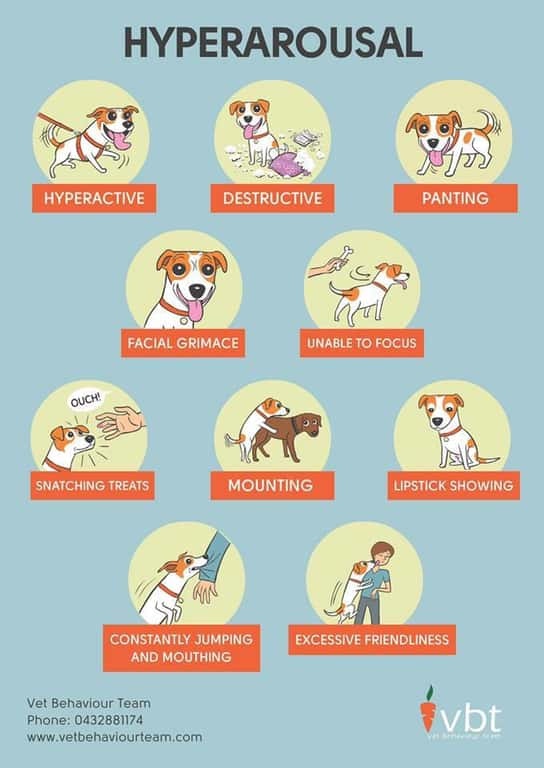
Obviously yes it is important to make time to play with your dogs for short periods but not at times where you need to work or do stuff or you will have a dog that pesters you all the time. Do not leave kids playing unattended watch how the children are playing with the dog. It’s important if the dog is sitting just chewing on the toy or moving away with it that no one tries to grab the toy off them

Rather than constantly playing ball which can be over arousing, be careful of football too, play other games that provide them outlets for natural behaviours such as:
- Searching for the ball; if your dog knows a stay ask them stay, throw the ball into long grass, count to 5 then release them to find it. Leave patches of grass to grow long for this game in your garden as well.
- Hide a toy in the house or garden and then let your dog in/out to find it. For newbies make easy.
- Tug ensure they win, ensure they are bringing it to you, when you are trying to instigate a game remember to use the toy as if it is prey, don’t waggle it in their face prey doesn’t do that, run it along the floor in zig zag movements keeping it low. Be careful not to make the game frustrating and ensure they are bringing it back to you, don’t grab it off them if they just try to take it away its not an invitation to take it.
Like us, dogs don’t enjoy being teased, nor do they understand the difference between our toys and theirs, so it’s best to keep any toys they shouldn’t play with safely out of their reach.
Outlets for natural behaviours
Dogs need outlets for their natural behaviours and what each dog likes is different. Digging, searching, hunting, foraging, sniffing, chewing, water play are all examples of what dogs need and there are lots of ways this can be done during this period. Searching for treats or scattering their dinner is just one way to tire them out as sniffing is stimulating to some dogs and often very tiring. Enrichment done right is actually what tires dogs out, this also will help prevent your puppy/dog becoming bored, restless and getting up to mischief. Here is a great blog for 100 days of enrichment whatever you choose it should be stimulating and not frustrating, each dog is different always start with easy stuff first particularly for dogs that’s are fearful or lacking confidence.
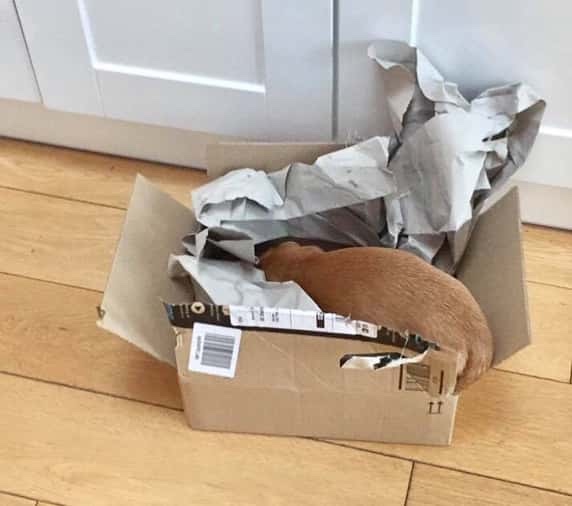
Walks
Each person in the household can go out with the dog once a day but this should only be for the dogs who are used to it or you can continue this in the future. If there are not multiple people in the house make the walk longer and focus on really good quality sniffing and what they enjoy, this is the tiring bit. Dogs that are used to being off lead, avoid situations where they interact with other dog or people as it could mean you break the social distancing rules because you have to go and get them. Instead keep them on lead but clip them on a different point on their lead or change to a slightly longer lead to imitate being off and work on just letting your dog take the lead, as if they are off lead let them take you on an adventure. If you control the snifari walk then you may start to build in frustration and could trigger behaviour problems in the future.
Socialisation
A lot of people are worrying about the lack of socialisation for their dog or puppy at this time but I myself am really not. I think for most dogs this is actually a blessing. Firstly if you have a dog that is anxious or stressed out normally on walks, do not start taking them out more than usual particularly as people are looking different at the moment this will add to their anxiety unless your road is much quieter now. Those of you with puppies social distancing is good and I recommend this in generally anyway for all puppies, for the unsure puppies distance is important to make them feel more confident this allows them to observe at a distance without being overwhelmed and choose whether to investigate, it also allows the over friendly puppies to read people and other dogs body language from a distance when they are saying I am not interested. Puppies that are not used people you can do exercises at home where you dress up getting them used to different out fits, hats, high visibility wear, glasses, fancy dress and of course masks most dogs may find these a little odd. Do take your puppies out at different times of the day.
For those dogs that are socialites and struggle keeping a distance this is the perfect time to really work on rewarding disengaging from dogs, don’t try and get their attention when they see them just wait until they do disengage and pay them a lot with multiple treats to their mouth and ground as you are moving away, no pulling them, even if this takes time, the trick is to stay at distances where they can disengage. Have a really good game after the walk with them, these are the dogs that may need play increased slightly.
Grooming
For those of you that have a dog that needs regular grooming, ensure you do this daily particularly if you usually rely on a groomer. It’s actually a great time to help them feel comfortable with it giving them short sessions and giving the choice to stop too. Pairing treats at every step even if it’s every brush and a tasty chew at the end, always give them other options when grooming put boxes, snuffle mats and kongs with food around during the session to allow them to have breaks. This is a great way to do regular check overs with your dogs.
My final note is like us dogs will get through this crisis, things will be different and there behaviour might change too but hopefully some of the above will help prevent this. Of cause if you are having specific behaviour problems and would like some advice I and many other trainers and behaviourist are still doing telephone, virtual-video sessions for training and behaviour and I do have a five week puppy course for those who have puppies and are concerned which I am now tailoring subjects to get puppies through this period.
Check out my website http://www.johinds.com for more details.
I am signing off now, really missing seeing and interacting with all your canine companions.
Please keep safe and take care.
Jo
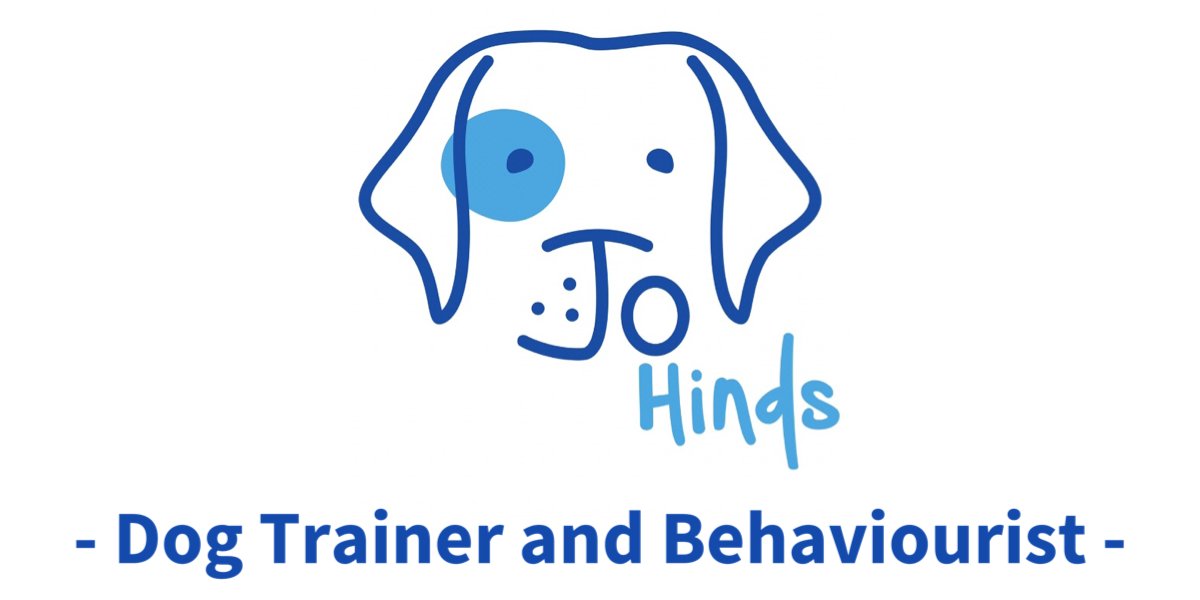
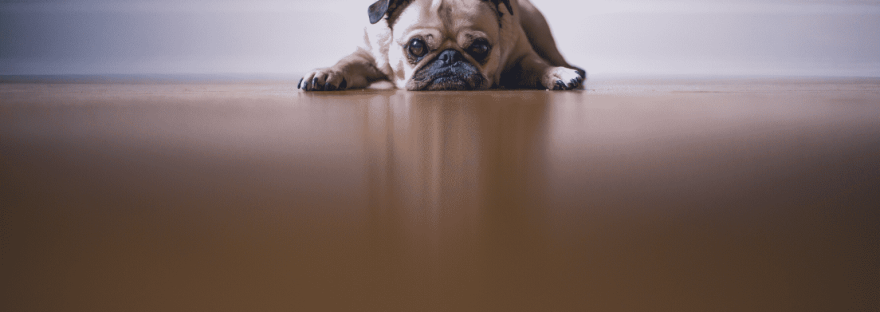




You must be logged in to post a comment.